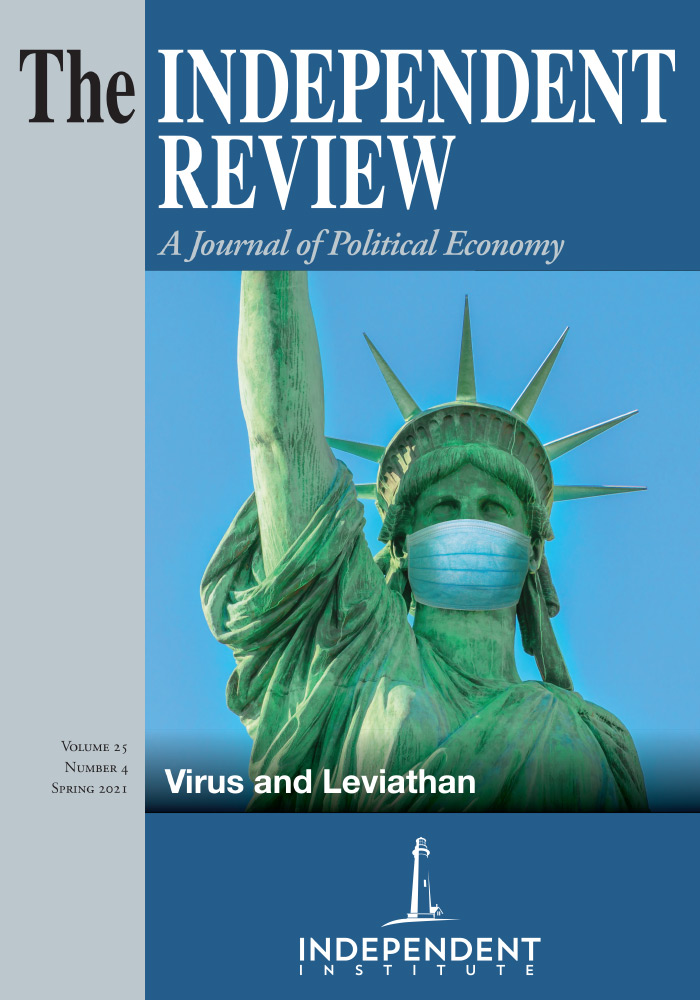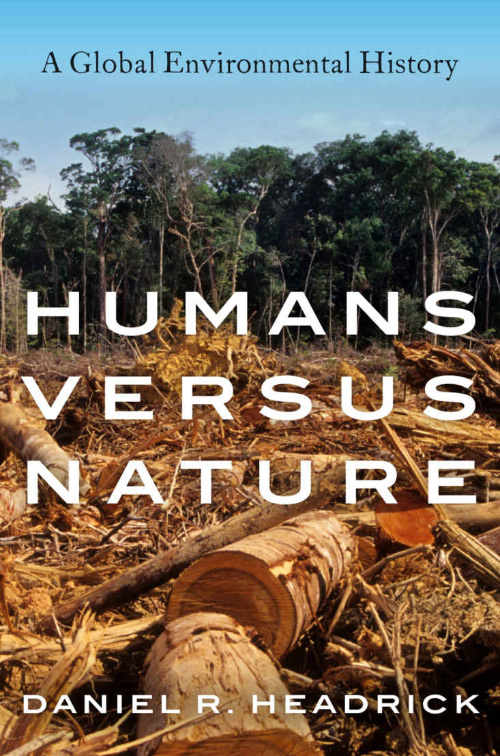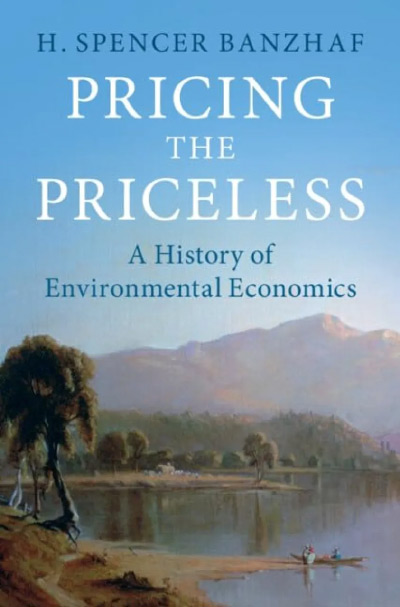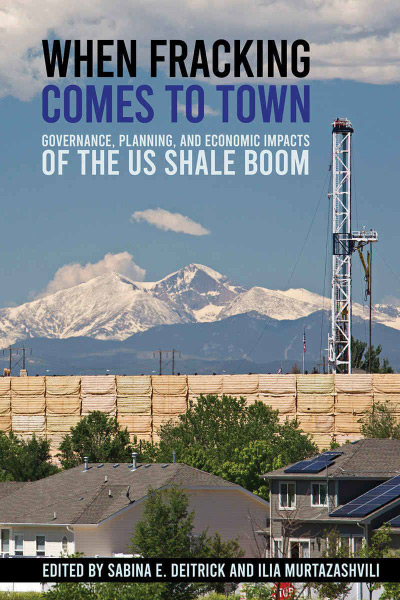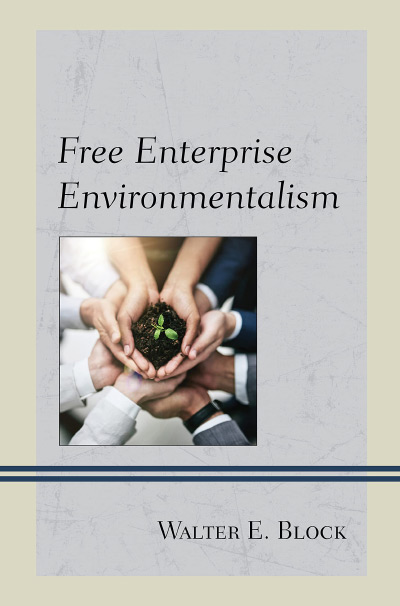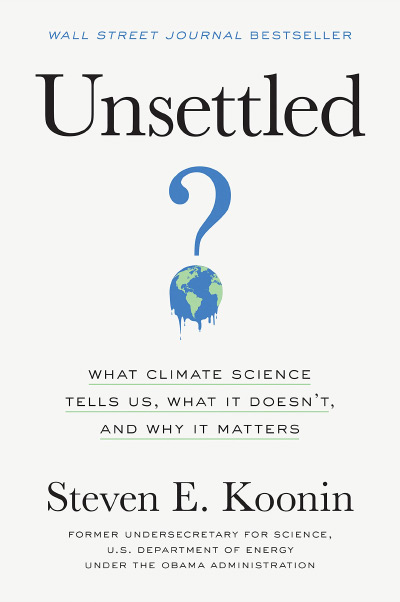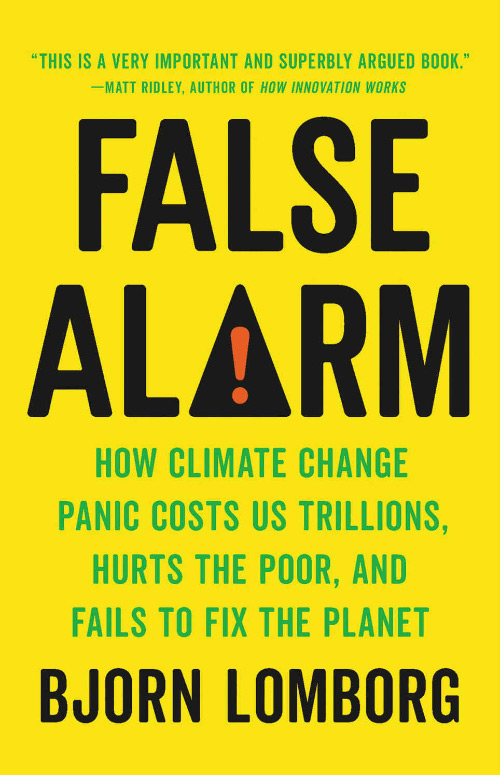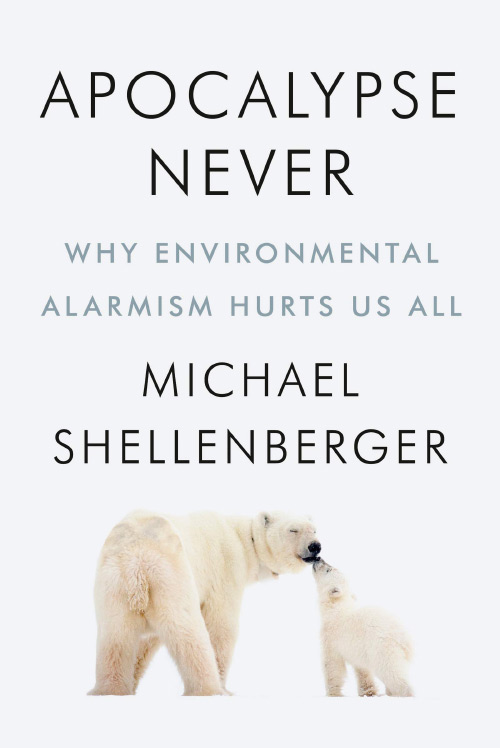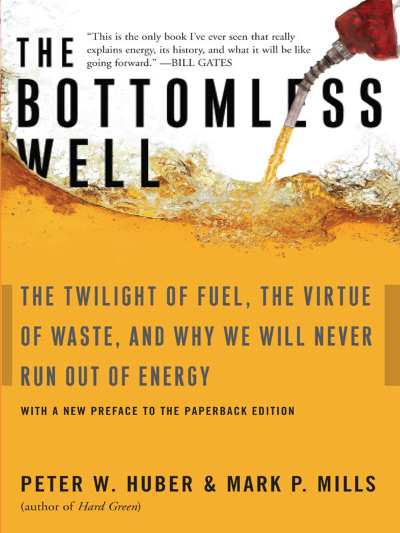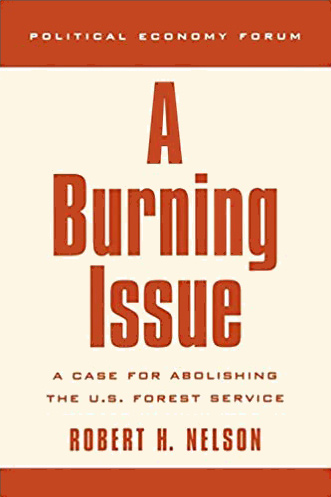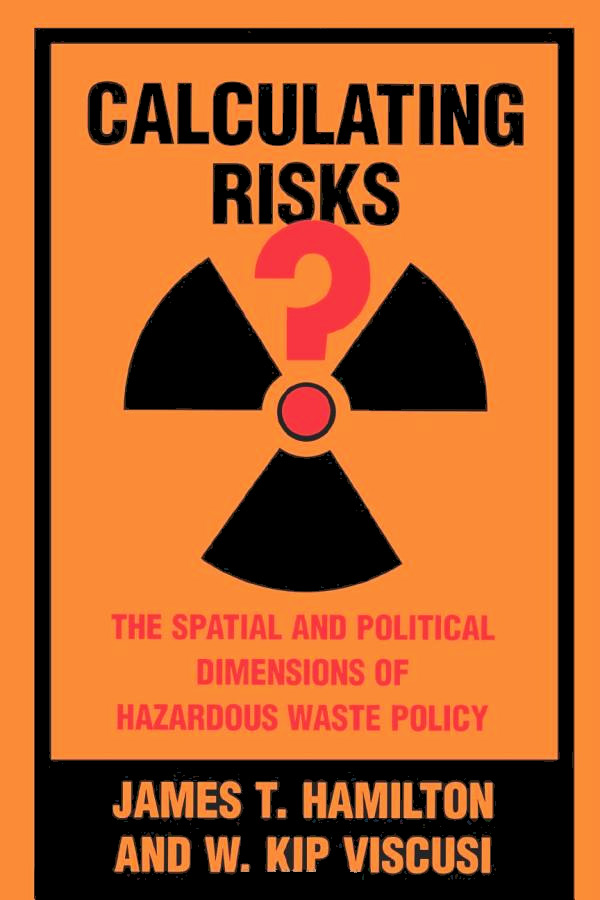Humans versus Nature aims to be a “global environmental history” and convincingly succeeds in its mission, exceeding expectations. Its encyclopedic breadth spans all of human history, with substantial coverage for every region of the globe. Although the book is not without shortcomings, I suspect that anyone who reads this will arise from the task far better informed, with fundamental new insights into human history and the history of nature.
Few readers are likely to know, for example, that the eruption of Mt. Toba in Indonesia around 75,000 years ago is believed to have thrown the Northern Hemisphere into six years of winter, which is linked to a reduction in the human population to just a few thousand (or perhaps even a few hundred) according to geneticists. Or that in ancient Rome smelting a ton of iron is estimated to have consumed over 70,000 tons of wood (p. 100). Or that, next to fire, goats were about the most destructive force humans unleashed in places with low rainfall—because “unlike cattle and sheep, which must be supervised, goats are intelligent, agile and thirst-resistant animals that can find food on their own,” and were unleashed in forested areas where they would “eat woody material such as twigs, bushes and tree saplings, preventing the regeneration of these plants” (p. 61). Or that China’s Yellow River (Huang He) received its colorful name only after neighboring forests were cut down and rains eroded the region’s yellowish loess soil, washing it into what had previously been called simply “the river.” (As the process continued, the Huang He was called a “hanging river” because the silting process raised its bed up 3 to 12 meters above the surrounding land—with often devastating consequences.) Or that in the Chinese market that brought human waste from cities to fertilize rice paddies, the excreta of “the rich, whose diet contained more protein, commanded a higher price than that of the poor” (p. 138). Or that before Europeans arrived there were an estimated 60 to 100 million beavers in North America! Or that since independence, the United States has lost about one-third of its top soil. Or that one advantage of potatoes is that during times of war they could be left in the ground, making them far harder for marauding soldiers to steal than grains. Or that in 1700 about ten percent of the coal burned in Britain was used in the manufacture of salt. Or that when Japan opened itself up to international trade in 1854, its first important import was cholera, which killed between 100,000 and 200,000 in Tokyo alone. Or that when the Summer Palace in Beijing was rebuilt after it was burned by the British in the Second Opium War, timbers were imported from Oregon, because no trees large enough could be found in China. Or that the bison-hunting Indians of the plains owned “between five and thirteen horses apiece,” which competed with bison and about two million feral mustangs for resources (p. 238). Or that the fish ladders that allow salmon to swim past the dams of the Columbia River have cost a staggering $3 billion. Or that the iconic tumbleweeds of the American west are an invasive species—Russian thistle—which hitched a ride in bags of wheat seeds. This list could be multiplied considerably.
To this can be added important historical insights such as the theory that no great cities emerged in the tropics—including Amazonia and equatorial Africa—in pre-modern times because “the farmers grew root crops such as yams and cassavas or fruit crops like bananas and plantains that could not be carried far and did not keep once picked,” unlike the grains of Eurasia and Northern Africa (p. 94). Or the theory that massive plague deaths had opposite affects in places like England and Egypt. In England, as many have heard, the deaths meant more land per surviving worker and therefore a higher standard of living. However, in Egypt, the deaths meant “a labor shortage, which in turn caused a decline in [irrigation] canal maintenance. Declining yields, hence a shortfall in taxes, weakened the government and made it unable to afford the repairs needed after the annual Nile floods. Without the usual control over flood waters, some fields received too much water and others not enough . . . . peasants revolted or fled . . . abandoning their fields” (p. 148), according to historians.
As the book’s title suggests, the most consistent organizing theme is that there has been a battle between humans and nature. According to Headrick’s scorecard, in a unanimous decision, humans are the winners: “Despite many setbacks, human victories over nature have outnumbered their defeats” (p. 4). As he sees it, the contest is older than many would imagine: “Humans have been at war with forests for a very long time.” Even in prehistoric times “hunter-gatherers set fire to woods in order to open up meadows to attract prey” (p. 98). The opening rounds of the contest were often draws. However, “from the eighteenth century to this day, humans have prevailed. They have multiplied as never before, have subdued the Earth, and have finally achieved dominion over (almost) every living thing” (p. 215).
Headrick is not the only one to view the interaction between humans and nature as a battle. He documents many historical actors who have held the same view—for varying reasons. In China, the “Zhou justified their overthrow of the Shang, in part, by the need to rid the region of animals. A Zhou ruler ‘drove the tigers, leopards, rhinoceroses, and elephants far away, the world was greatly delighted’” (p. 105). Noted nineteenth-century American historian Francis Parkman explained that forests were “an enemy to be overcome by any means, fair or foul” (p. 234). A Russian Communist Party slogan declared, much more emphatically, “We cannot expect charity from nature. We must tear it down” (p. 297). Comrade Trotsky was especially combative: “The present distribution of mountains and rivers, of meadows, of steppes, of forests and seashores, cannot be considered final. Through the machine, man in socialist society will command nature in its entirety. . . . He will point out places for mountains and passes. He will change the course of rivers, and he will lay down rules for the oceans” (p. 297). Headrick makes it clear that this socialist overkill manifested itself in some of the worst environmental disasters in history, including his designation of Lake Karachay in the southern Urals as the “most polluted spot on Earth” (p. 293), the drying up of the Aral Sea, and estimates that by the collapse of the Soviet Union “of the 600 million hectares of cultivated land in the USSR, nearly half were seriously imperiled: 157 million hectares were saline, 113 million badly eroded, 25 million waterlogged” (p. 298).
However, viewing history as a contest between humans and nature can be distracting and distorting at times—especially when Headrick endows nature as a whole or specific parts of it as having true agency. He declares, for example, that “nature is neither a passive victim nor an innocent bystander to the actions of humans but an active agent causing devastating epidemics or disastrous droughts and dust storms” (p. 283)—as if the spread of the plagues and poxes was part of a counterattack or shifts in monsoon winds embody a will. One distraction is Headrick’s insinuation that there is something sinister about cutting down forests so that the planet can support more humans along with their crops and domesticated animals. “Deforestation” comes across as a dirty word in his telling. Almost every log burned by peasants to warm their hearths or cook their meals becomes an act of war.
Although there have been times when man and “nature” battled, there seem to be about as many when man and nature have cooperated and when man has literally cultivated nature. (Etymologically “cultivate” is related to a Latin word “cultus,” meaning “care.”) An example would be when ancient Mesoamericans slowly coaxed the wild ancestor of maize to become more fruitful. “Hundreds of years went by before farmers produced a domesticated maize with inch-long cobs” (p. 51) and it took thousands of years for this crop to be adapted to growing in a broad range across North America. Headrick implicitly sees the wild ancestor of maize as part of nature, and not our modern corn, but this seems like a modern idea that our ancestors might not have recognized. The domestication of plants and animals strikes me as teamwork between man and nature. In any case, the collective ingenuity and sheer persistence of people in working with nature to feed themselves and their families—especially getting more of life’s necessities out of each hour of labor and each acre of land—which Headrick ably documents, will be seen by most people as admirable and at times awe-inspiring. I gratefully recognize my debt to our ancestors for these accomplishments.
In addition, Headrick’s view of history is decidedly deterministic at times. Humans flourished when nature smiled on them, but were imperiled when it didn’t. The rise and fall of civilizations and dynasties were largely driven by environmental forces in his view. Perhaps because of this, he sometimes leans in an unnecessarily pessimistic direction. For example, in describing changes in Egypt after British engineers assisted in building dams on the Nile River, Headrick states that “More land could be irrigated than ever before, allowing it to support several crops a year. The area producing crops quadrupled.” However, “the results were not nearly as impressive, for the population of Egypt had grown fivefold, from 2.5 million people in 1821 to 12.7 million in 1917, leaving the majority of the Egyptian people worse off than before” (p. 309). Economic historians would dispute this. Sevket Pamuk (“Economic Growth in the Middle East since 1820,” Journal of Economic History, 2006) estimates that Egypt’s GDP per capita rose about 75 percent between 1820 and 1913. More people rising out of poverty strikes me as very impressive.
So much of what people do is “unsustainable,” in Headrick’s view, as though that label condemns them as misguided. One questions this theme when he uncritically quotes a historian’s depiction of Chinese history as “3,000 years of unsustainable” growth (p. 140). Check the numbers again—the broad sweep of population growth in the world’s most populous country was sustained. In the same vein, he identifies the United States in the 1800s as “an economy of plunder, the very opposite of sustainable development” (p. 228), but the development was clearly sustained in the U.S. Yes, some natural capital was drawn down (such as the loss of topsoil mentioned earlier), but Americans were hard working and ingenious, so their standards of living rose consistently, reaching the highest level in the history of the world up to that time, and they left later generations with more—not less—of the resources they needed to prosper, because they left their descendants with more physical capital, more knowledge, strong institutions and plenty of natural resources. Moreover, overall production figures do not support Headrick’s assertion that “cotton production began a long decline” (p. 231) in the U.S. South after virgin soils were used up. (In my own state, North Carolina, the census shows total cotton production rising in every decade from 1810 to 1890—with thousands of bales totaling 3, 8, 17, 35, 74, 146, 203, 446 and 509. The figure reached 961 in 1920 and last year was 1,040. See here and here.)
Finally, Headrick closes with some (generally healthy) worries about the future and ably documents much recent losses to nature—especially species loss due to habitat destruction and “plundering the oceans” due to a combination of technological advances and missing property rights. Unlike many environmental historians, however, he recognizes that man may have done much to stabilize earth’s climate. He notes that “the relatively steady climate that has reigned in much of the world over the past 12,000 years . . . is quite abnormal. Because the cycles of solar radiation are regular and predictable, the climate of the past 10,000 years should long since have been getting colder and headed toward a new ice age” (p. 63). A strong candidate to explain this continued stability is the theory of William Ruddiman, who argues that human-caused increases in greenhouse gas levels—beginning in ancient times with clearing forest, continuing with emissions of methane from rice paddies, and finally the use of fossil fuels—have averted the onset of a new ice age (see William Ruddiman, Ploughs, Plagues and Petroleum: How Humans Took Control of Climate, Princeton University Press, 2005).
| Other Independent Review articles by Robert M. Whaples | ||
| Spring 2024 | A Vision of a Productive Free Society: Murray Rothbard’s For a New Liberty | |
| Spring 2024 | GOAT: Who Is the Greatest Economist of All Time and Why Does It Matter? | |
| Spring 2024 | Everyday Freedom: Designing the Framework for a Flourishing Society | |
| [View All (93)] | ||

